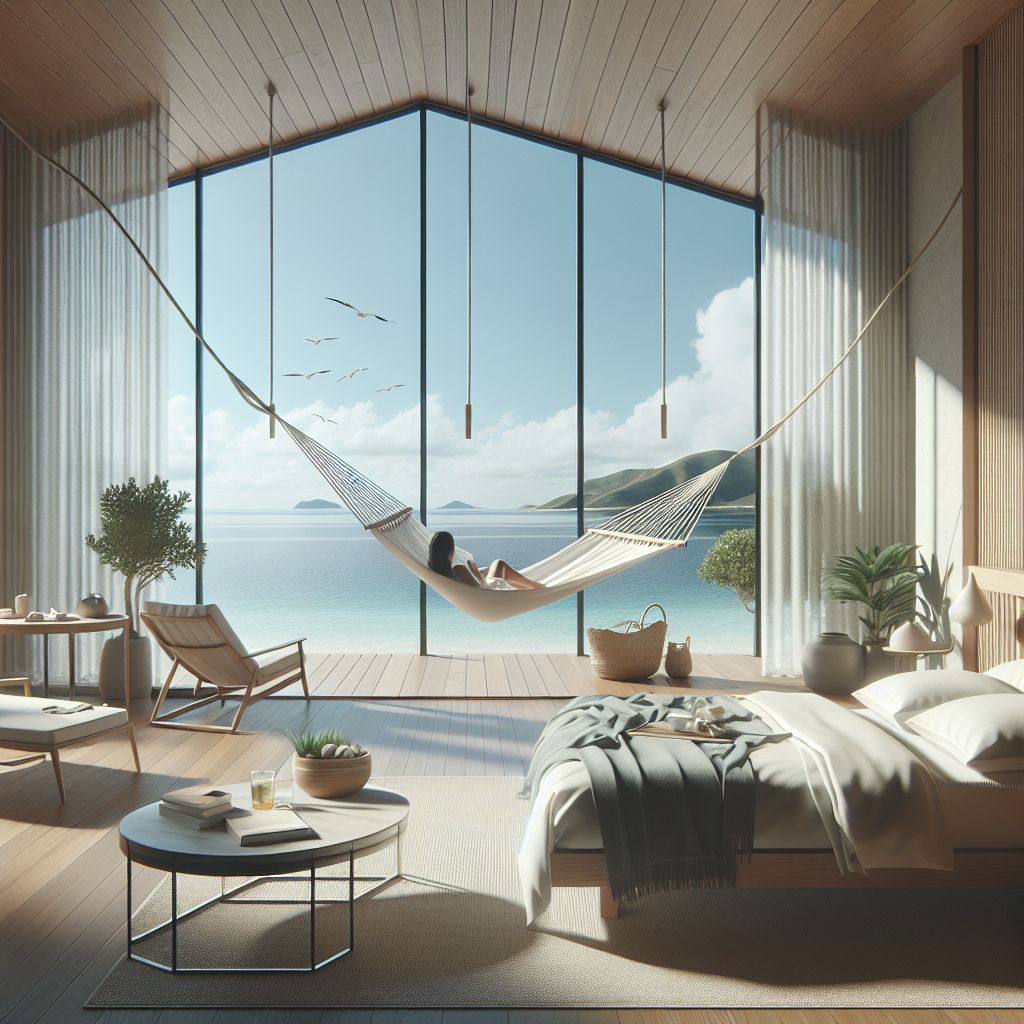The Rise of the Sleepcation
In a world where vacation itineraries are often packed tighter than carry-on luggage, a new travel trend is emerging that celebrates the art of doing absolutely nothing. Enter the “sleepcation” – a revolutionary approach to travel that prioritizes rest, relaxation, and recovery over sightseeing and adventure.
The concept is beautifully simple: book a trip with the sole intention of sleeping, lounging, and unwinding. No museum tours, no hiking expeditions, no crowded tourist attractions. Just pure, unadulterated rest in a beautiful setting.
Why Sleepcations Are Taking Off
Burnout Culture and the Need for Real Rest
Modern life has created a perfect storm of exhaustion. Between demanding work schedules, constant digital connectivity, and the pressure to maximize every moment, many people find themselves more tired after traditional vacations than before they left. Sleepcations offer an antidote to this cycle of perpetual busyness.
Unlike conventional trips that can feel like marathons of activity, sleepcations acknowledge that sometimes the most productive thing you can do is nothing at all. They’re a direct response to what psychologists call “leisure stress” – the anxiety that comes from feeling pressured to make the most of your time off.
The Post-Pandemic Wellness Shift
The global pandemic fundamentally changed how we view rest and well-being. Forced periods of isolation taught many people the value of slowing down, while the stress of recent years has left countless individuals craving genuine restoration. Sleepcations represent a formalization of this newfound appreciation for rest as a legitimate form of self-care.
What Makes a Perfect Sleepcation
Accommodation That Prioritizes Comfort
The ideal sleepcation destination goes beyond thread count and pillow menus. Hotels and resorts catering to this trend are investing in:
- Advanced sleep technology: Temperature-controlled rooms, blackout curtains, white noise systems, and ergonomic sleep surfaces
- Spa-like amenities: In-room massage services, aromatherapy options, and meditation spaces
- Flexible dining: Room service available 24/7, healthy comfort foods, and options for extended breakfast hours
- Digital detox support: Phone-free zones, limited WiFi areas, and encouragement to disconnect
Locations That Inspire Natural Calm
While sleepcations can technically happen anywhere, certain destinations naturally lend themselves to rest and relaxation. Popular choices include:
- Secluded mountain retreats with fresh air and natural quiet
- Beachside resorts where the sound of waves provides natural white noise
- Countryside inns surrounded by peaceful landscapes
- Urban spa hotels that create oases of calm in busy cities
The Economics of Doing Nothing
Interestingly, sleepcations can be more economical than traditional vacations. Without the costs of tours, activities, fancy dinners, and constant transportation, travelers often find their budgets stretch further. The primary expenses become accommodation and food, allowing for upgrades in comfort that might not be feasible on a more activity-packed trip.
Hotels are taking notice of this trend and adapting their offerings accordingly. Some properties now offer “sleepcation packages” that include extended check-in and check-out times, in-room spa treatments, and curated relaxation amenities.
The Science Behind Rest-Based Travel
Research supports the benefits of this approach to vacation. Studies show that it can take several days for the body to fully unwind from chronic stress, and that sleep debt accumulated over months can’t be repaid in a single weekend. Longer periods of intentional rest allow for:
- Restoration of natural sleep cycles
- Reduction in cortisol levels
- Improved cognitive function and creativity
- Better emotional regulation
- Enhanced immune system function
How to Plan Your Own Sleepcation
Setting the Right Expectations
The key to a successful sleepcation is embracing the mindset that rest is the activity. This means:
- Choosing quality over quantity in accommodations
- Building in buffer time for spontaneous naps
- Avoiding the temptation to plan too many “relaxing” activities
- Being flexible with daily rhythms and sleep schedules
Practical Tips for Maximum Relaxation
- Book longer stays: Three nights minimum allows you to truly settle in
- Choose familiar foods: Avoid culinary adventures that might disrupt digestion or sleep
- Pack comfort items: Bring your own pillow, favorite tea, or other sleep aids
- Communicate your intentions: Let travel companions know this is about rest, not exploration
- Plan a soft re-entry: Build in a buffer day at home before returning to work
The Future of Rest-Based Travel
As more people recognize the value of intentional rest, the travel industry is evolving to meet this demand. We’re seeing the emergence of sleep-focused retreats, nap cafes, and even entire hotel chains dedicated to optimization of rest and recovery.
The sleepcation trend represents a broader cultural shift toward valuing well-being over productivity, presence over achievement. It’s a reminder that sometimes the most revolutionary act is simply allowing yourself to rest.
In a world that never stops moving, sleepcations offer permission to pause – and that permission might just be the most valuable souvenir you can bring home.


